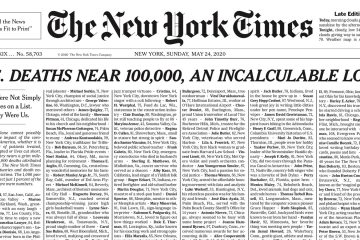Comparing Hong Kong and Bangladesh: Key Insights

Introduction
The comparison between Hong Kong and Bangladesh offers valuable insights into two distinct regions with unique attributes. Despite both being situated in Asia, they differ significantly in terms of economy, culture, and political structures. Understanding these differences is crucial for investors, travelers, and historians alike, as both locations present diverse opportunities and challenges.
Economic Landscape
Hong Kong is renowned for its robust economy, characterized by a high degree of openness and a significant presence of international financial institutions. As of 2023, Hong Kong’s GDP per capita stands at approximately USD 48,000, ranking it among the wealthiest regions globally. The service sector dominates, particularly in finance and tourism.
In contrast, Bangladesh, with a GDP per capita of around USD 2,500, showcases a developing economy primarily reliant on the textile and garment industry, which accounts for about 80% of its exports. Bangladesh has shown impressive growth rates in recent years, often exceeding 6%, largely due to its growing workforce and improving infrastructure.
Cultural Differences
Culturally, Hong Kong is a melting pot of East and West, heavily influenced by British colonial history. Its vibrant culinary scene and modern lifestyle attract millions of tourists every year, contributing to its international character. Festivals like the Lunar New Year and the Hong Kong Arts Festival reveal its rich heritage.
Bangladesh, on the other hand, boasts a rich cultural heritage rooted in over a thousand years of history, with influences from Buddhism, Hinduism, and Islam. The Bengali New Year, celebrated with music, dance, and traditional foods, is a prominent event in the nation’s calendar. The country is also known for its literature and art, with figures like Rabindranath Tagore holding international acclaim.
Political Environment
Politically, Hong Kong operates under the ‘one country, two systems’ principle, allowing it certain freedoms not found in mainland China. However, recent years have seen increased concerns about political freedoms and human rights, particularly following the protests in 2019 against perceived encroachments by the Chinese government.
Conversely, Bangladesh is a parliamentary democracy, though it has faced challenges such as political instability and corruption. The current government has made strides in improving the economy but faces criticism over human rights issues and political repression.
Conclusion
In summary, Hong Kong and Bangladesh are two regions that exemplify the diversity of Asia. While Hong Kong thrives as an international financial hub, Bangladesh is rapidly emerging as a developing nation with vast potential. Understanding their cultural and economic differences can provide insights for those looking to engage with either region, whether for investment, cultural exploration, or academic purposes. As each evolves, they will continue to impact the broader Asian landscape significantly.









